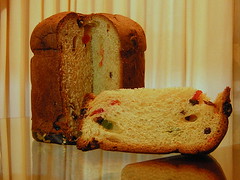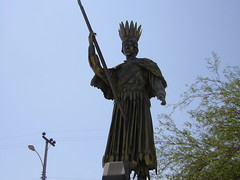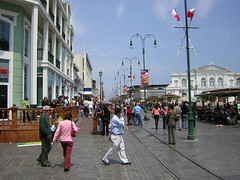Panetón – A Brief History
 The Panetón is a cake of Italian origin that became popular in South America through Italian immigration. It is eaten in across the continent all year round, but more so in the festive season. It looks like a giant cup-cake, is very soft and airy and contains a number of pieces of dried fruit.
The Panetón is a cake of Italian origin that became popular in South America through Italian immigration. It is eaten in across the continent all year round, but more so in the festive season. It looks like a giant cup-cake, is very soft and airy and contains a number of pieces of dried fruit.
Panetón (or Panettone in Italian) has many legends regarding its origin, here are a few listed on Wikipedia.
One 15th century legend from Milan credits the invention to the nobleman falconer Ughetto Atellani. According to legend, he fell in love with Adalgisa, the daughter of a poor baker named Toni. To win her over, the nobleman disguised himself as a baker and invented a rich bread in which he added to the flour and yeast, butter, eggs, dried raisins and candied lemon and orange peel. The duke of Milan, Ludovico il Moro Sforza (1452-1508), agreed to the marriage, which was held in the presence of Leonardo da Vinci, and encouraged the launch of the new cake-like bread: Pan del Ton (or Toni’s bread).
It was Christmas and the court cook had no dessert to offer. So the guests were given a sweet bread baked by a mere kitchen boy, called Toni, which won general praise. Rather than steal the praise for himself, the cook congratulated his assistant and named it after him.
Other historians claim to have found references to “pan del ton” as far back as the 1300s. In those days some families made a thick bread with wheat flour called “pan del ton”, which meant “luxury bread” in Milanese dialect.










